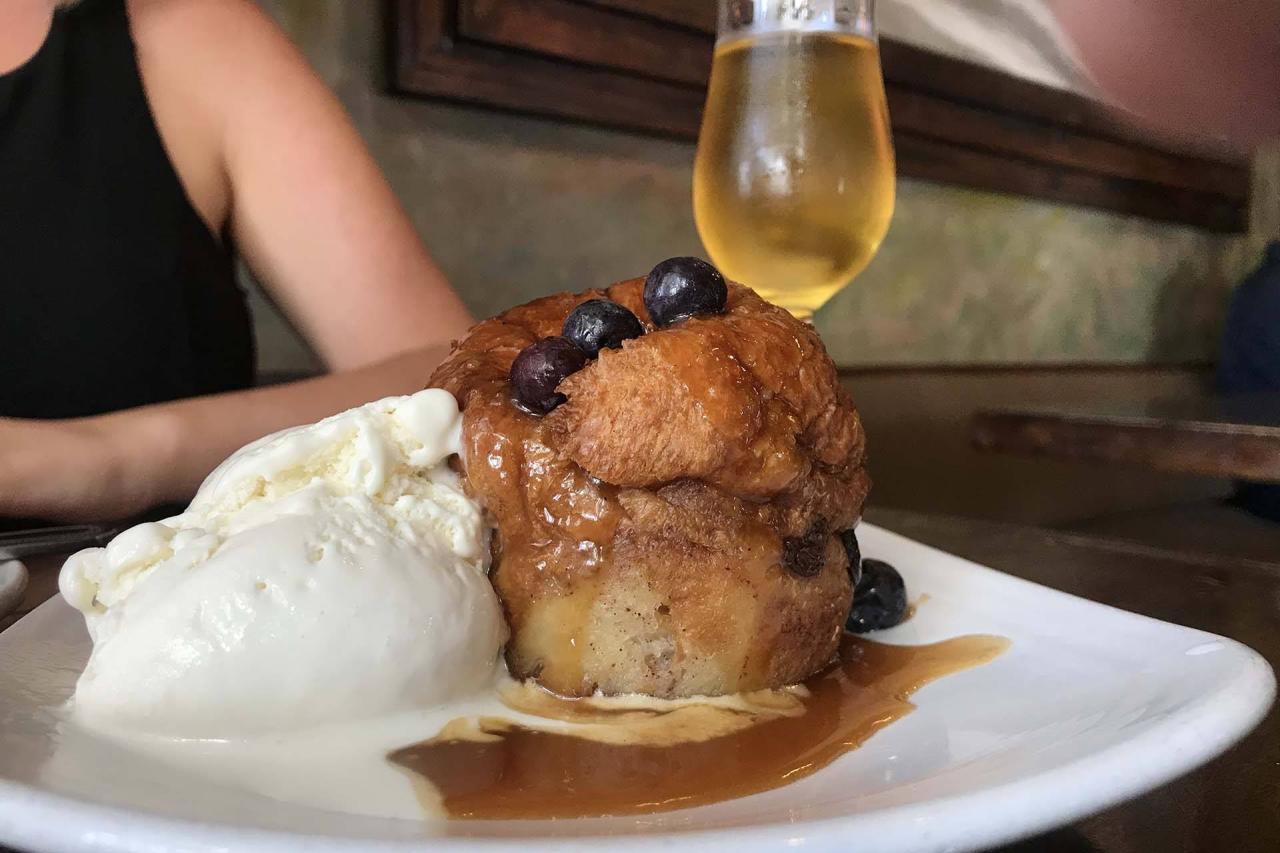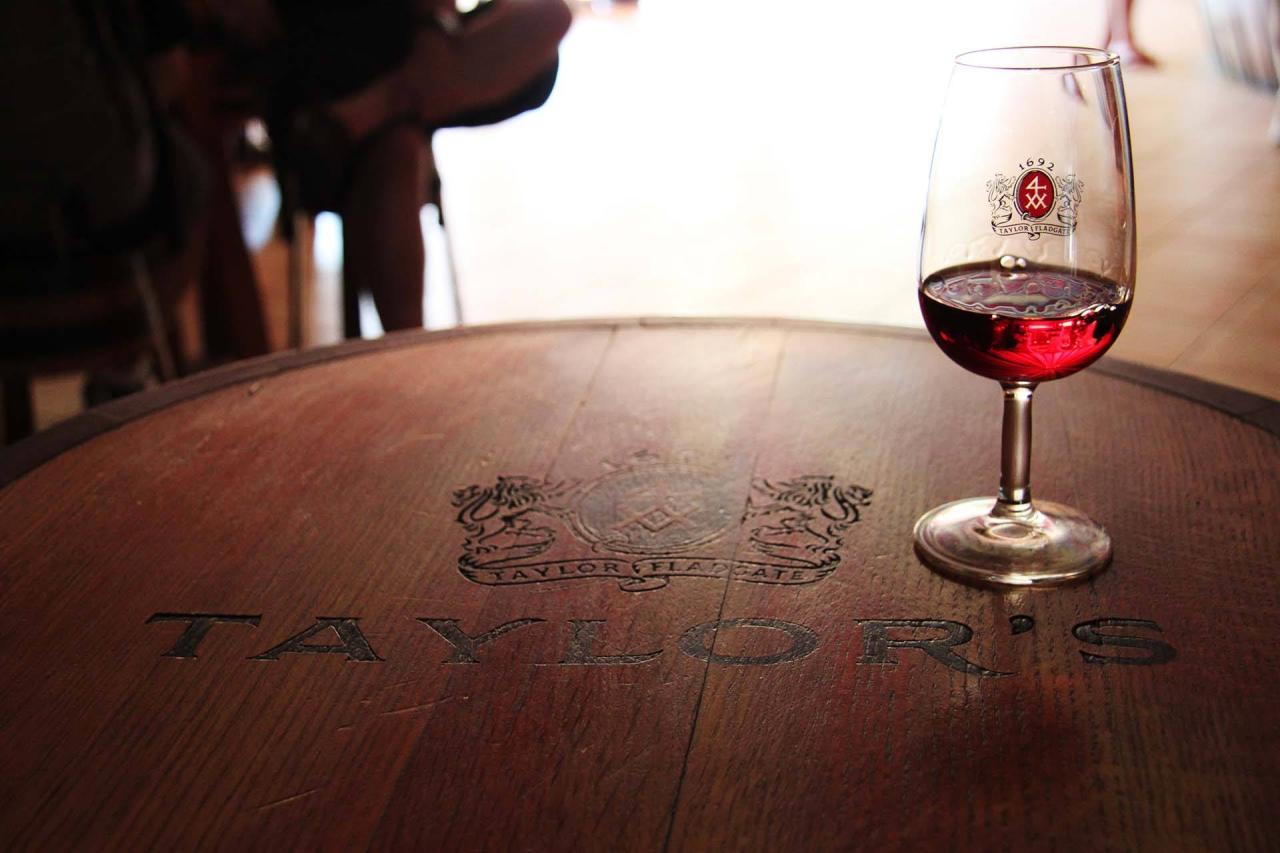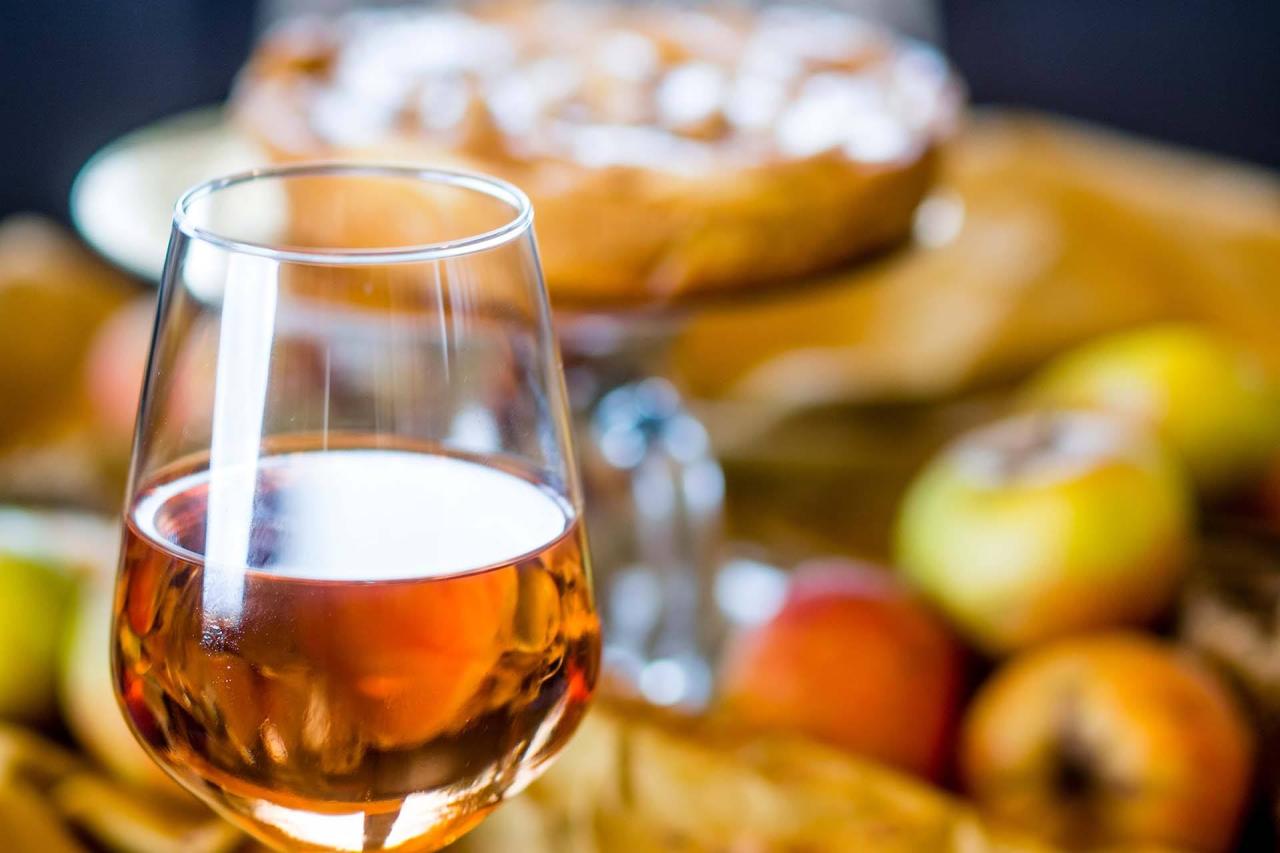Sweet wine can be your entry point to wine, especially if you don’t have experience drinking fermented grape juice. This doesn’t mean you should underestimate the wine style. Some of the best-tasting sweet wines are expensive and coveted by connoisseurs and collectors alike.
How to enjoy sweet wine?
Enjoy it with desserts or savory food. If fact, sweet wines are a wonderful replacement for dessert!
Let’s talk about what wines are sweet. Here’s a list of sweet wines for beginners — only good sweet wine, from the sweetest tasting wine to others that are not particularly sweet. This is our list of the best sweet wines for beginners; you’ll love every one of them!
Get updates on the latest posts and more from Wine Bugle straight to your inbox.
What makes wine sweet?
Before we talk about the best sweet wine for beginners, let’s talk about what makes wine sweet. All wine grapes accumulate sugar while they ripen. That’s what fruit does. And it’s that same sugar that yeast turns into alcohol during fermentation.
Remember that some wines smell sweet, as they offer fruity scents redolent of the sweetest fruit. That doesn’t mean the wine is sweet, since sweet and fruity mean two different things.
Sweet wine has residual sugar, meaning natural grape sugar that wasn’t converted during fermentation. To achieve this, producers can harvest fruit with above-average sugar levels (late harvest fruit and fruit infected by the noble rot.) They can also stop fermentation early before the yeast turns all the sugar into alcohol.
What’s the sweetest tasting wine? It depends. After all, acidity in wine balances its sweetness, so elevated residual sugar doesn’t necessarily mean the wine tastes overly sweet!
How to pick a good sweet wine for beginners?
If you’re just starting your vinous adventure, the best advice is to taste as many wines as possible, whether dry or sweet. There’s no such thing as a bad sweet wine for a particular knowledge level. Find the wines that you like the most. Having said that, these are a few guidelines that will help you pick good sweet wine.
As a rule of thumb:
Avoid flavored and fortified wines, as they can be too artificial or boozy to appreciate, especially if you’re new to wine.
Check for the term “late harvest” on the label, as this indicates the grapes were harvested with extra sugar. The wine will be sweet, but not cloying.
It’s best if you don’t splurge on expensive sweet wine before you train your nose and palate to appreciate it fully. Start with wines ranging from $15-20 and go from there.
If a bottle of wine is too much for you, try sweet wine by the glass at your favorite restaurant.

White sweet wines for beginners
Sweet wines are a great way to learn about wine since we’re already used to sweet beverages, whether juice or soft drinks. Dry red wines, on the other side of the spectrum, can be challenging for untrained palates. Here are the best-tasting sweet wines made with white grapes. White sweet wine is much more popular than its red counterpart.
Sauternes
Sauternes is a French wine region nestled within larger Bordeaux. Here, the temperature and moisture encourage the rare “noble rot” to grow on the region’s Semillon and Sauvignon Blanc grapes. This fungus leaches out the water in the grapes, leaving their sugar behind.
Make wine with these shriveled grapes, and you get sweet golden wine with peaches, mango and honey scents over a luscious palate. Sauternes might just be the sweetest tasting wine, but it’s also expensive. Harvesting noble rot-infected grapes takes time and effort.
Although Sauternes is a lovely stand-alone dessert wine, it pairs well with fatty food like foie grass or intensely flavorful ingredients like blue cheese.
Riesling
Riesling is a noble white varietal that thrives in cold regions worldwide. It is known for withstanding the most frigid winters and for its ability to accumulate lots of sugar.
Noble rot can also infect Riesling grapes, but they can also be late harvested to ensure higher sugar levels. The result is sweet wine famous in Germany, Austria, Northern Italy and Alsace (France). The grape also grows in Canada, New York, Washington State and Australia, to mention a few.
Sweet wines made with Riesling are lovely with whitefish, poultry, pastries, tarts and white sauces. Remember that many producers make dry white wine with Riesling, so not all Riesling is sweet.
Passito
Passito wines are an Italian specialty. The term means dried or shriveled, referring to the raisins from drying wine grapes. To make this wine, producers pick the grapes when ripe and dry them in mats or crates until they lose most of their moisture. Winemakers then make wine with the resulting raisins — the wine, of course, ends up incredibly sweet.
Expect dried fruit flavors and spices, although the wine’s flavor depends on the grapes used. Italian winemakers make passito wines in every corner of the country with the grapes they have in hand.
Passito wines are lovely with sweet and savory dishes: stir-fries, plum sauce and even sticky pork ribs.
Ice wine
Ice wine is also amongst the best sweet wines for beginners, although it can be costly. To make this wine, producers let the grapes hang on the vines until the first winter frost. They pick the grapes when they are frozen solid and press them to separate the sweet juice from the ice shards (water).
This syrupy wine is uncommonly sweet and extraordinarily rare. Only a few wine regions have cold enough winters to freeze grapes in the vineyard with no intervention. Look for ice wine from Germany and Canada, and expect apricots, white flowers and citrus peels on the nose and palate.
Ice wine is ideal on its own, but you can pair it with crème fraiche, pâté and delicate finger food.
Moscato d’Asti
Moscato d’Asti is an Italian wine style with its own appellation, and it’s exclusively made around the town of Asti in Piedmont. Here, winemakers use the overly sweet Moscato grape to produce fizzy and sparkling wine with balanced sweetness.
Moscato d’Asti is a celebratory wine, and it’s hard not to fall in love with it. This wine style smells and tastes like peaches and flowers over a candied palate livened by effervescence. This is a highlight on our list of sweet wines for beginners.
Try Moscato d’Asti with custards and other slightly sweet desserts like fruit tarts, meringues and macarons. Moscato d’Asti is always sweet but never too much!

Red Sweet wines for beginners
Although rare, sweet red wines exist, and they’re gorgeous. Instead of peach and mango flavors, expect sweet berry scents and sometimes even hints of chocolate.
These are the best sweet wines for beginners in the red department and are all excellent beginner wines. Good sweet wine comes in all colors, even red, so here are our favorites.
Lambrusco
Lambrusco is an Italian red wine produced in Emilia-Romagna, Central Italy. Lambrusco is also the name of a family of grapes, some of which are used to make this sweet specialty.
Interestingly, Lambrusco can be dry and flat, but the most popular Lambrusco style is fizzy and sweet. Treat yourself with Bing cherry flavors, followed by hints of purple flowers over a sweet, candied palate with an exciting fizz.
Lambrusco is delicious on its own, especially if served chilled. Of course, you can also pair it with chocolate desserts, berries, and even cured meats like prosciutto and salami!
Brachetto d’Acqui
Lambrusco is not the only sweet red wine with a fizzy personality. In fact, the lesser-known Brachetto d’Acqui is relatively similar and can be more complex on the nose.
This wine style comes from the vineyards around the Piedmontese town of Acqui Terme, and it’s made with the rare Brachetto grapes. The result is a sweet red wine made in semi-sparkling and sparkling styles, and it’s fantastic. Aromas redolent of black cherries, herbs and candied flowers make this wine a crowd-pleaser.
Enjoy with Nutella, pecan pies, milk chocolate desserts and any food made with berries or red fruit.
Port Wine
Port is one of the most famous sweet wines in the world, and it’s also one of the oldest. This is a fortified wine, and it’s made by adding a splash of brandy to the fermenting grape must, effectively stopping fermentation, resulting in natural residual sugar.
Port comes in many styles — you can even find white and pink Port! Still, the most common types of Port are either Ruby or Tawny, and each category has its own premium tiers, including the larger-than-life vintage Port. These wines can age! Look for ripe cherry and chocolate scents over a robust but lusciously sweet palate.
Port is delicious with dried fruit, nuts, chocolate desserts and caramel. This is a good sweet wine indeed and a great way to round up our list of the best sweet wines for beginners.

